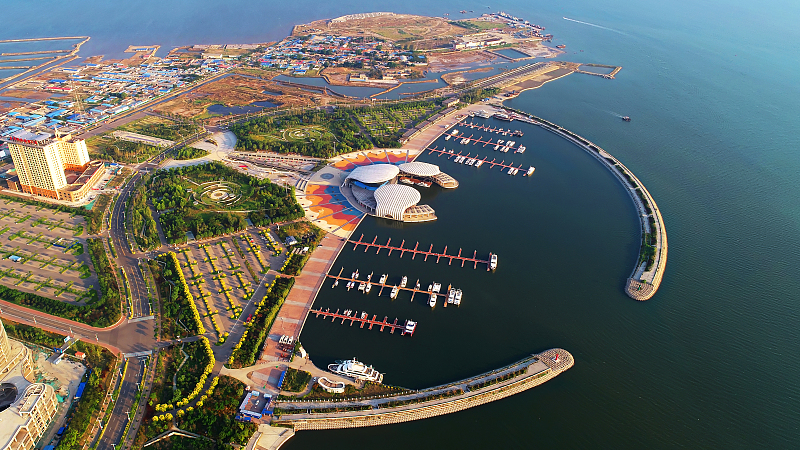Located in Tangshan City, Hebei Province, the Qixin 1889 cultural and tourism block is a testament to the transformation of an old cement plant into a vibrant modern tourist destination. Originally built in 1889, the Qixin cement plant holds historical significance as the birthplace of the first barrel of cement in China, marking the beginning of the country’s cement industry.
Over the years, the old cement plant has evolved alongside the development and urbanization of the city. It has been transformed into a cultural and tourism block that seamlessly blends the old with the new. While embracing a fresh aesthetic, the site has also preserved key mechanical equipment of historical and cultural value. Visitors can marvel at the sight of four German electric generators, a large wooden-carriage loading plank, and cement mills, among other fascinating artifacts.
Adding to its allure, the Qixin 1889 block boasts several well-preserved architectural structures dating back over a century. These buildings house extensive archives chronicling the remarkable 120-year journey of Chinese industrial development.
Beyond its historical significance, the block has undergone further enhancements to cater to tourists and residents alike. A museum has been established to showcase the history of modern Chinese industry, while art galleries, bars, conference rooms, and restaurants offer a diverse range of amenities for leisure and entertainment.
The Qixin 1889 cultural and tourism block serves as a comprehensive destination that embodies the heritage of China’s industrial development, while also providing cultural and tourism installations. It stands as a shining example of how a traditional industrial city can reinvent itself as a modern hub of culture and leisure, attracting visitors from near and far.
READ MORE:
